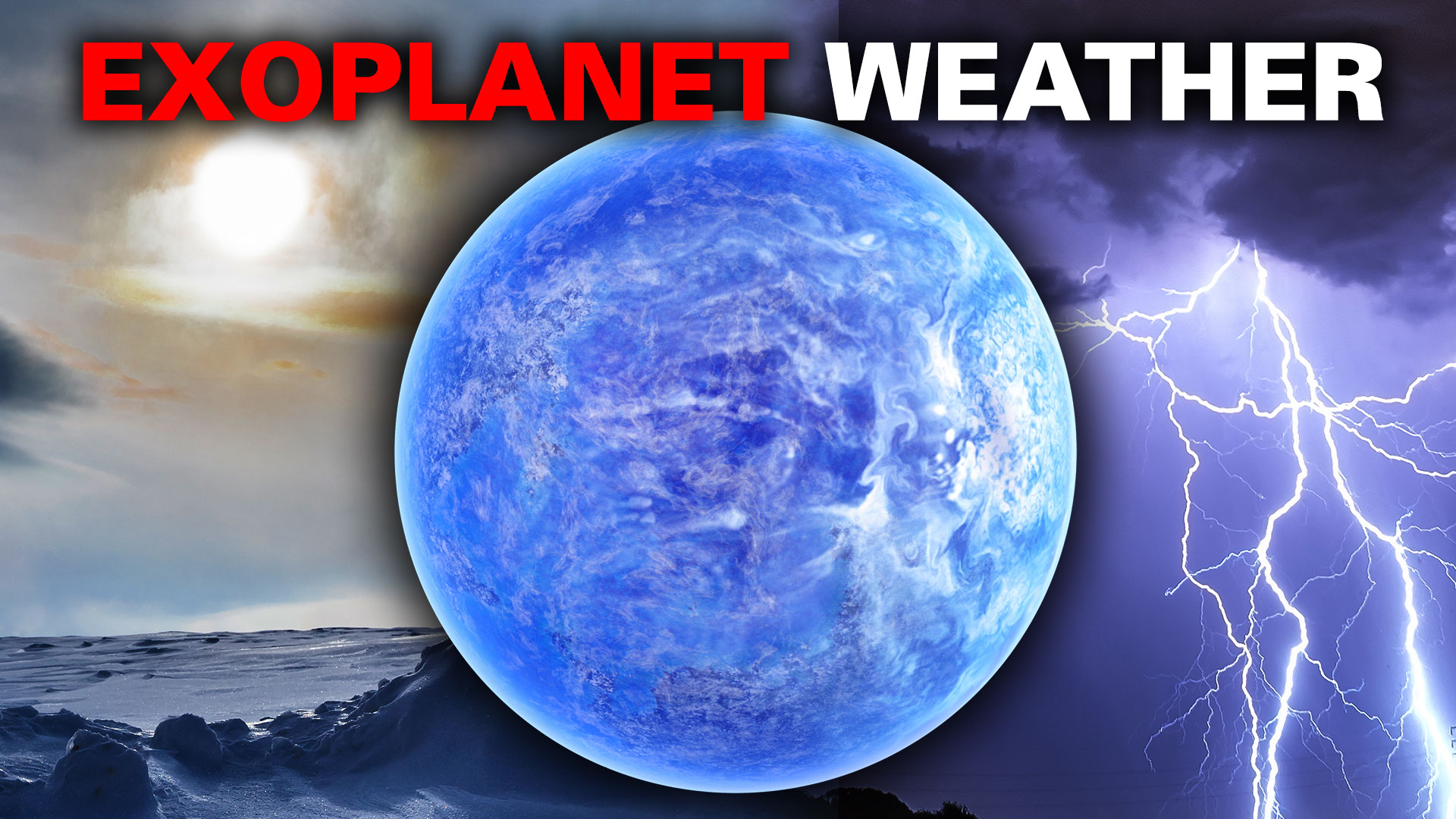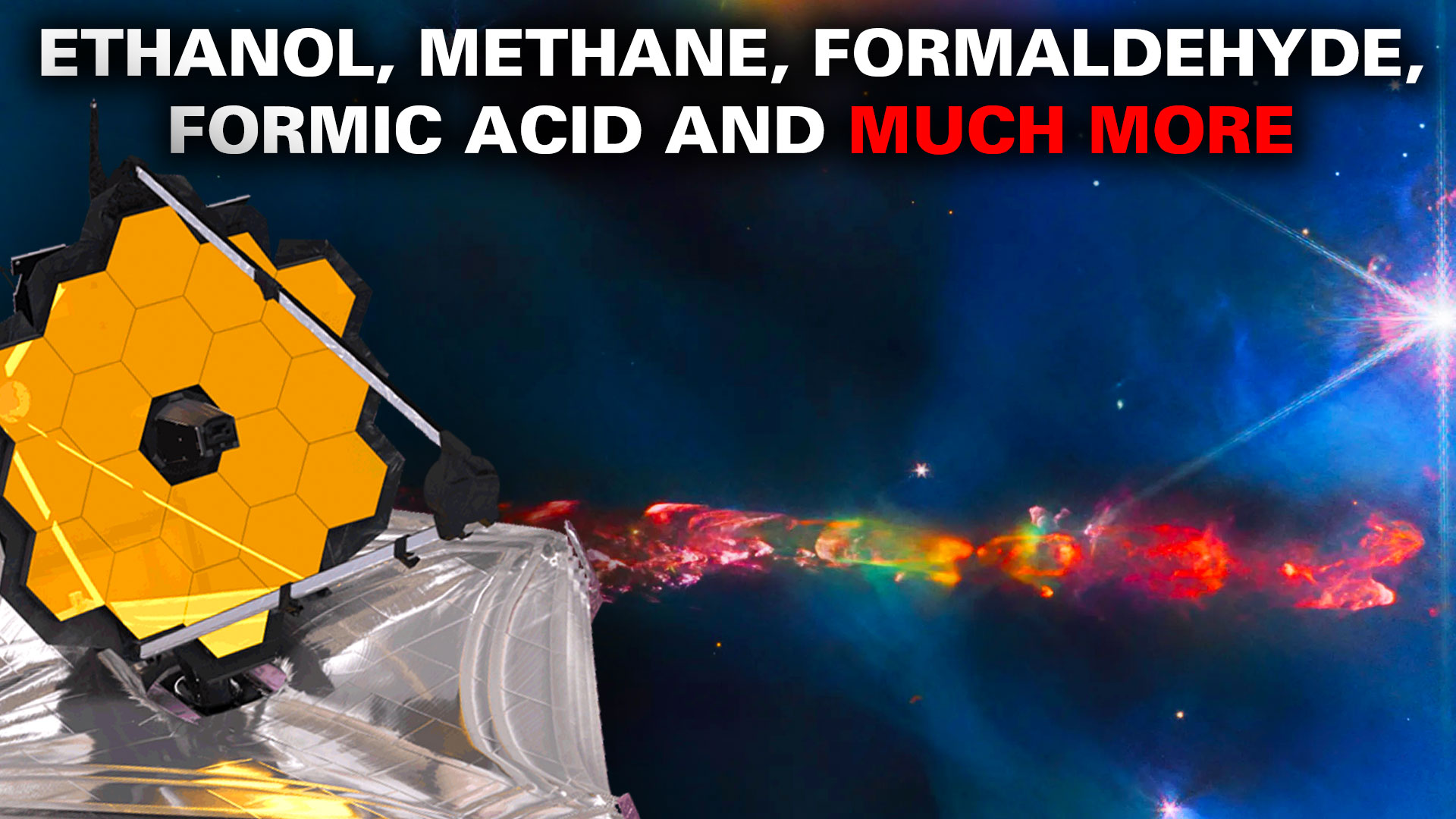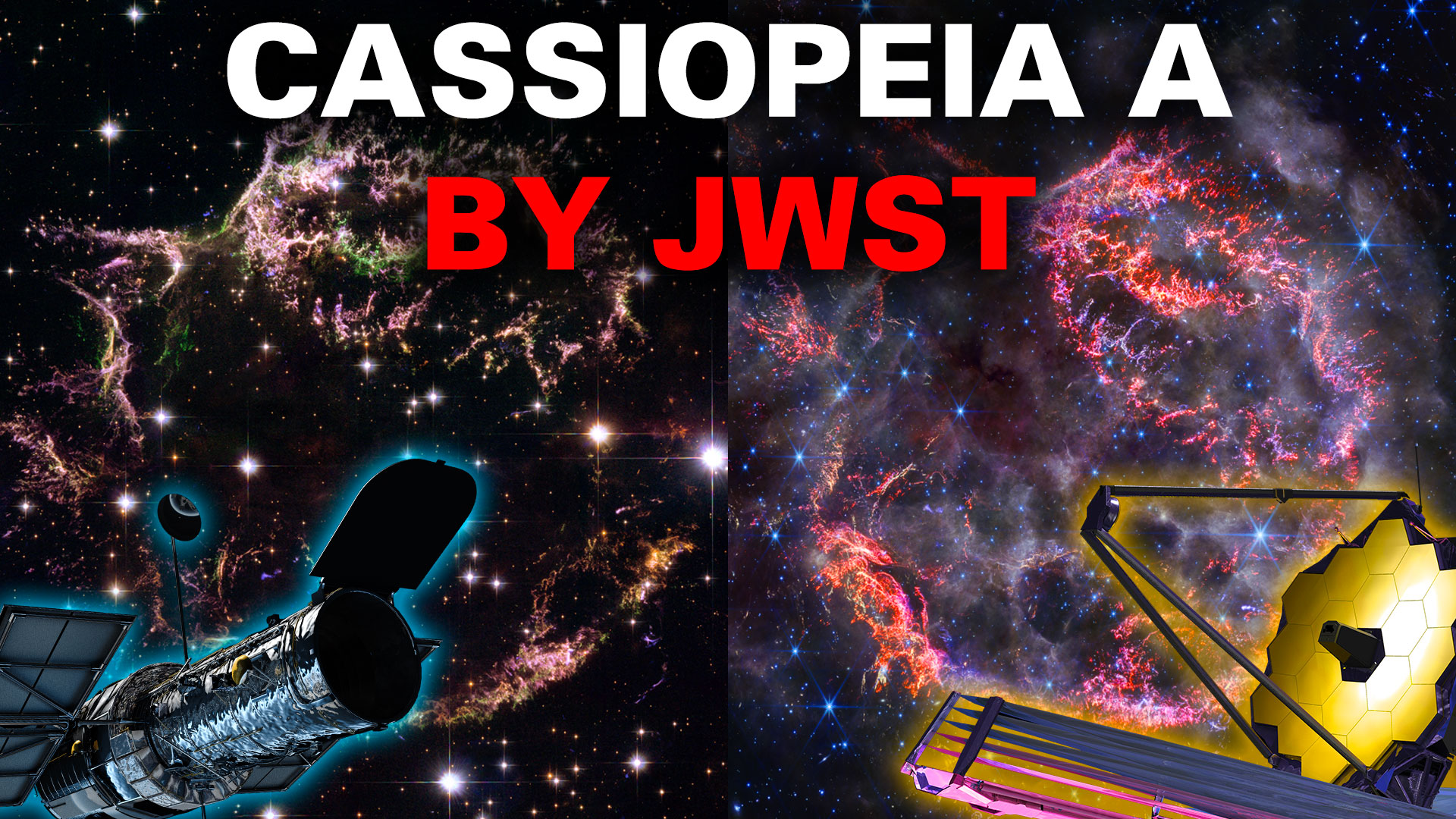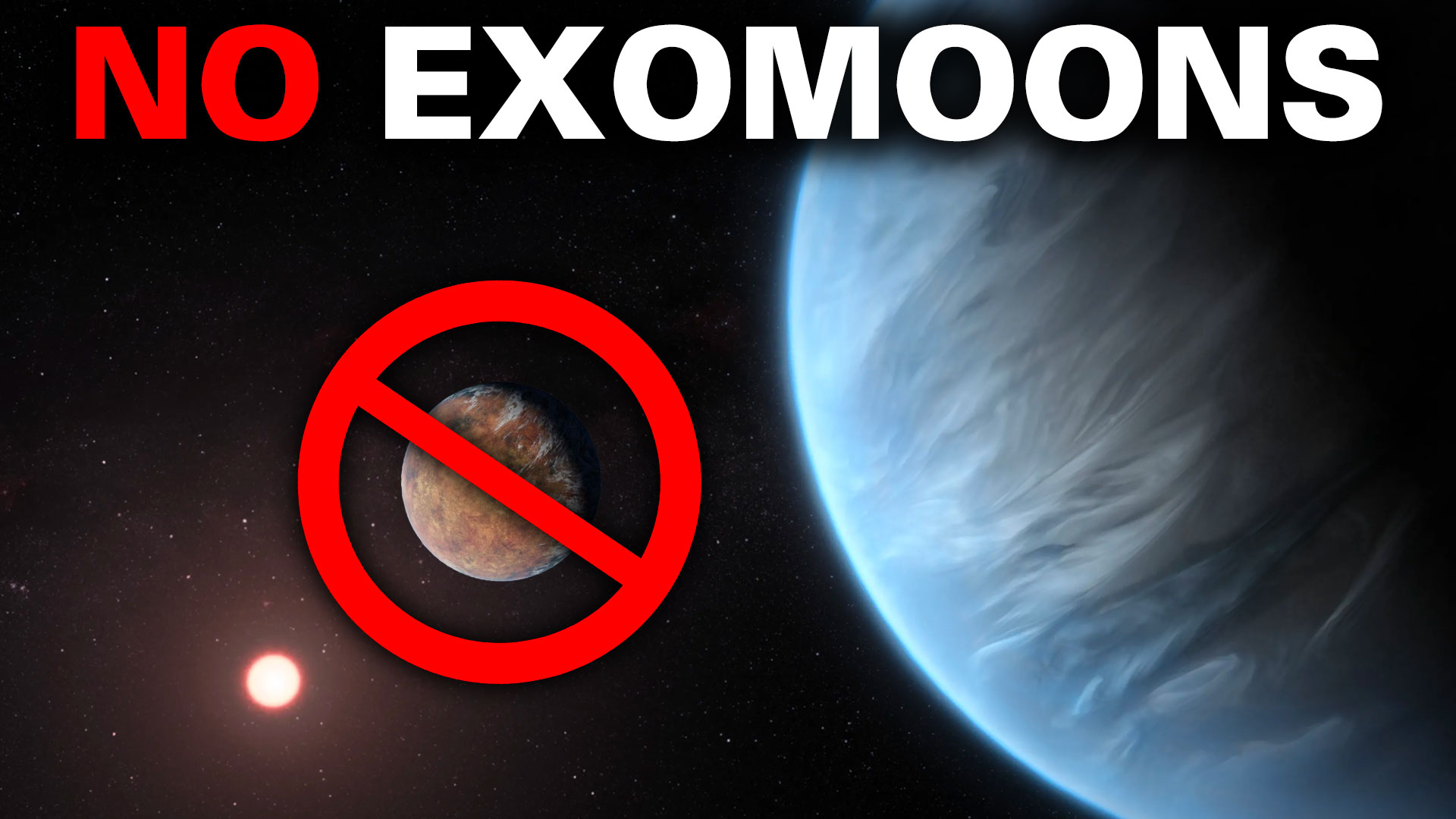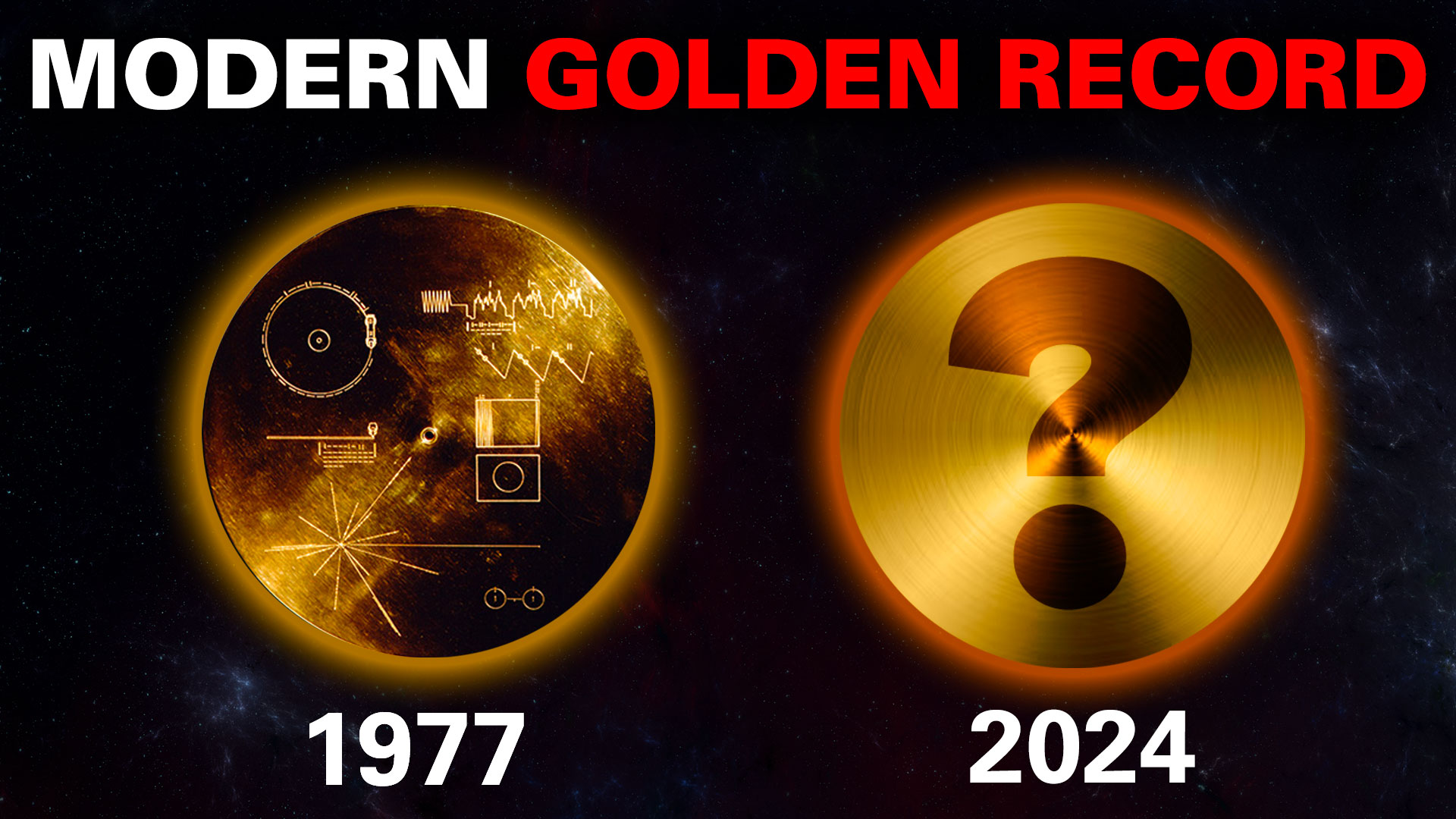In the coming decade, multiple space agencies and commercial space providers are determined to return astronauts to the Moon and build the necessary infrastructure for long-duration stays there. This includes the Lunar Gateway and the Artemis Base Camp, a collaborative effort led by NASA with support from the ESA, CSA, and JAXA, and the Russo-Chinese International Lunar Research Station (ILRS). In addition, several agencies are exploring the possibility of building a radio observatory on the far side of the Moon, where it could operate entirely free of radio interference.
For years, researchers have advocated for such an observatory because of the research that such an observatory would enable. This includes the ability to study the Universe during the early “Cosmic Dark Ages,” even before the first stars and galaxies formed (about 50 million years after the Big Bang). While there have been many predictions about what kind of science a lunar-based radio observatory could perform, a new research study from Tel Aviv University has predicted (for the first time) what groundbreaking results this observatory could actually obtain.
Continue reading “A Radio Telescope on the Moon Could Help Us Understand the First 50 Million Years of the Universe”



